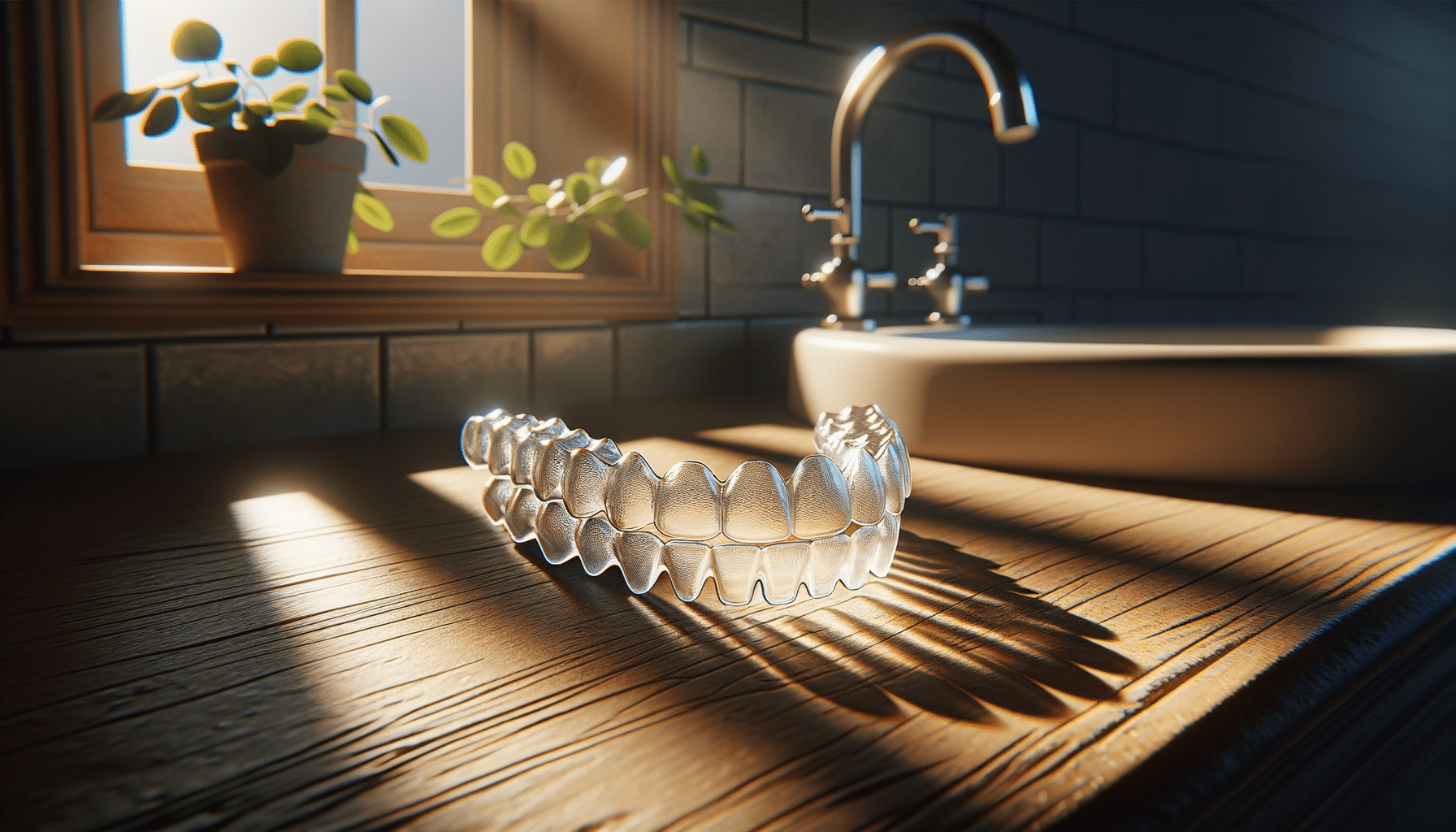
Explore the Advantages of Invisible Teeth Braces: Your Path to a Stunning Smile in 2025
The Evolution of Orthodontic Treatments
Orthodontic treatments have come a long way from the traditional metal braces that many are familiar with. While effective, metal braces often come with a set of challenges including discomfort, aesthetic concerns, and dietary restrictions. In the quest for innovation, invisible teeth braces, commonly known as clear aligners, have emerged as a modern solution. These aligners are designed to address the same dental issues as traditional braces while offering a range of additional benefits. The evolution of these treatments reflects a shift towards more patient-centered care, focusing on comfort and discretion.
One of the key advantages of invisible teeth braces is their ability to blend seamlessly into everyday life. Unlike metal braces, which can be quite noticeable, clear aligners are made from a transparent material that makes them virtually invisible. This is particularly appealing for adults and teenagers who may feel self-conscious about wearing braces. Additionally, the aligners are removable, which allows for easier maintenance of oral hygiene and the freedom to enjoy a wider variety of foods.
Moreover, the technology behind invisible teeth braces has advanced significantly. Today, these aligners are customized using 3D imaging technology, ensuring a precise fit and effective treatment plan tailored to each individual’s needs. This personalized approach not only enhances the efficiency of the treatment but also reduces the overall duration required to achieve desired results.
Understanding the Costs Involved
The cost of invisible teeth braces can vary depending on several factors, including the complexity of the dental issues being addressed and the duration of the treatment. Generally, clear aligners tend to be more expensive than traditional braces, but many find the investment worthwhile due to the convenience and aesthetic benefits they offer.
Typically, the cost of invisible teeth braces can range from a few thousand to several thousand dollars. This price often includes the initial consultation, the creation of the custom aligners, and follow-up appointments. Some orthodontic practices offer payment plans to make the process more affordable for patients. Additionally, dental insurance may cover part of the cost, depending on the policy and the specific coverage it provides for orthodontic treatments.
It is essential for potential patients to consult with their orthodontist to obtain a comprehensive understanding of the costs involved. During the consultation, a detailed breakdown of expenses, as well as any potential financial assistance options, should be provided. This transparency ensures that patients can make informed decisions about their orthodontic care.
Benefits of Invisible Teeth Braces
Invisible teeth braces offer numerous benefits that extend beyond their aesthetic appeal. One of the primary advantages is the comfort they provide. Made from smooth plastic, clear aligners are less likely to irritate the gums and cheeks compared to metal brackets and wires. This design feature significantly enhances the overall experience for the wearer.
Another notable benefit is the flexibility that comes with removable aligners. Unlike traditional braces, which require careful cleaning around brackets and wires, clear aligners can be removed for brushing and flossing. This feature promotes better oral hygiene, reducing the risk of cavities and gum disease during treatment.
Invisible teeth braces also contribute to an enhanced quality of life. Without the dietary restrictions associated with metal braces, patients can continue to enjoy their favorite foods without fear of damaging their orthodontic appliances. Furthermore, the discreet nature of clear aligners allows individuals to maintain their confidence in social and professional settings, as the aligners are barely noticeable to others.
Comparing Invisible Braces with Traditional Options
When comparing invisible teeth braces with traditional metal braces, several differences become apparent. One of the most significant differences is the appearance. Metal braces are visible and can sometimes affect a person’s self-esteem, while invisible braces offer a more aesthetically pleasing alternative.
In terms of functionality, both types of braces effectively correct dental issues such as misalignment, overbites, and underbites. However, the treatment process can differ. Metal braces are typically adjusted by an orthodontist every few weeks, whereas clear aligners require patients to switch to a new set of aligners every couple of weeks as their teeth gradually shift into place.
The maintenance of invisible braces is also simpler. Patients can remove the aligners to eat, drink, and clean their teeth, which is not possible with metal braces. This convenience often leads to better oral hygiene outcomes and fewer dietary limitations.
Choosing the Right Option for You
Deciding between invisible teeth braces and traditional options involves considering personal preferences and lifestyle needs. Invisible braces are particularly suited for individuals who prioritize aesthetics and comfort, as well as those who have the discipline to wear the aligners for the recommended 20-22 hours per day.
For those who require more intensive orthodontic corrections, traditional braces might be a more suitable option. They are often recommended for complex cases where precise control over tooth movement is necessary. However, for mild to moderate dental issues, clear aligners can be equally effective.
Ultimately, the decision should be made in consultation with a qualified orthodontist, who can assess the specific needs and recommend the most appropriate treatment plan. By understanding the benefits and limitations of each option, patients can choose a path that aligns with their goals for oral health and aesthetics.


